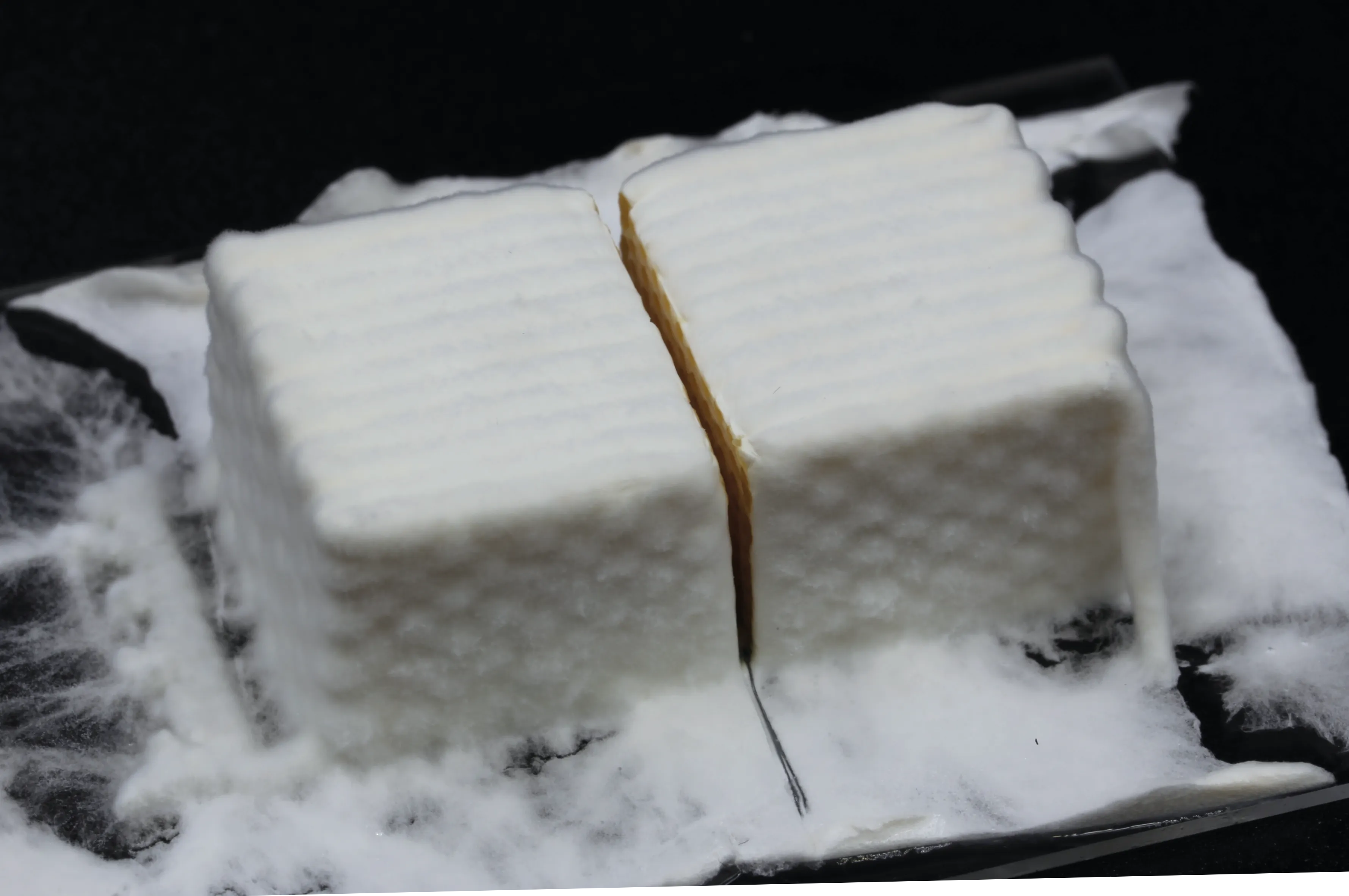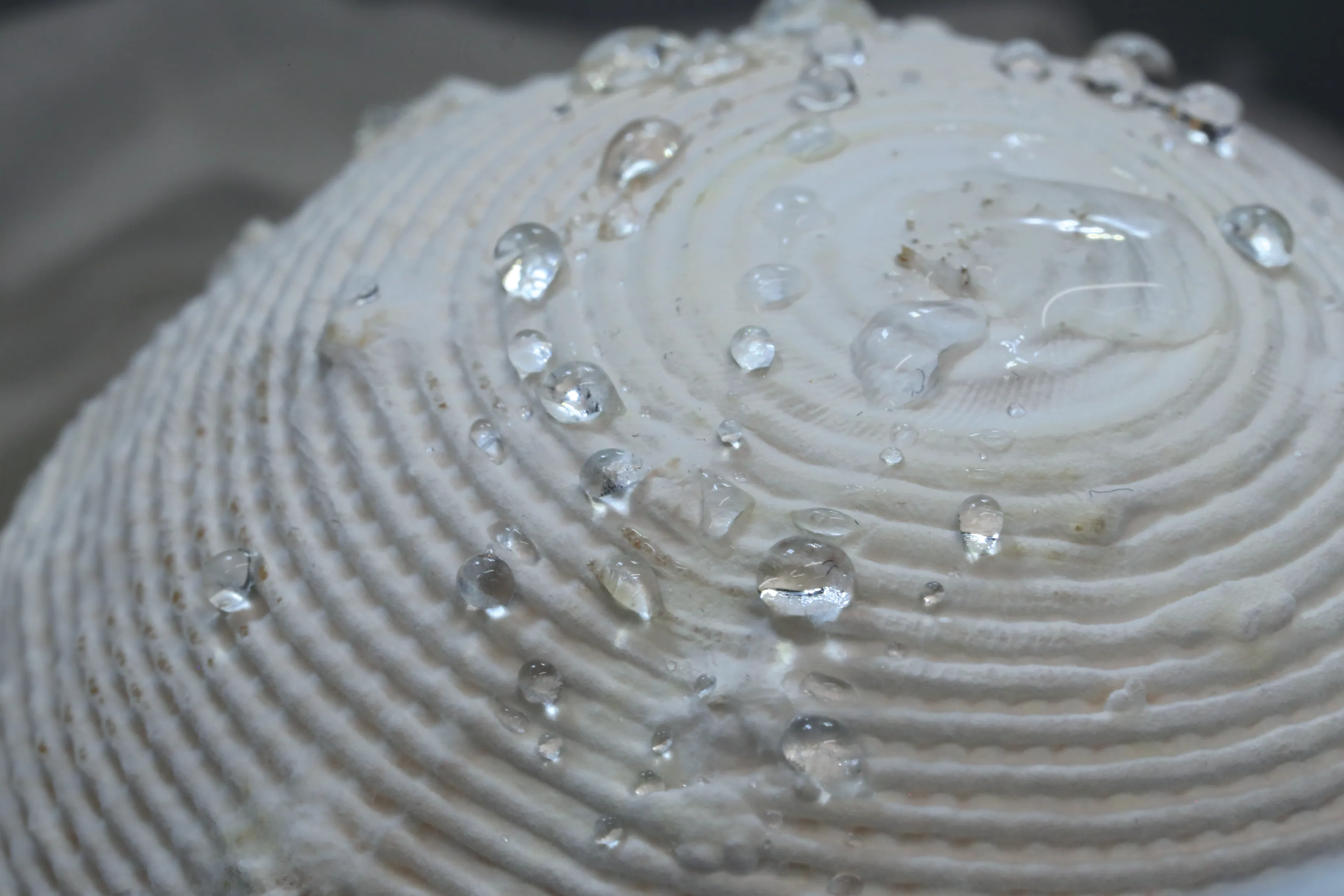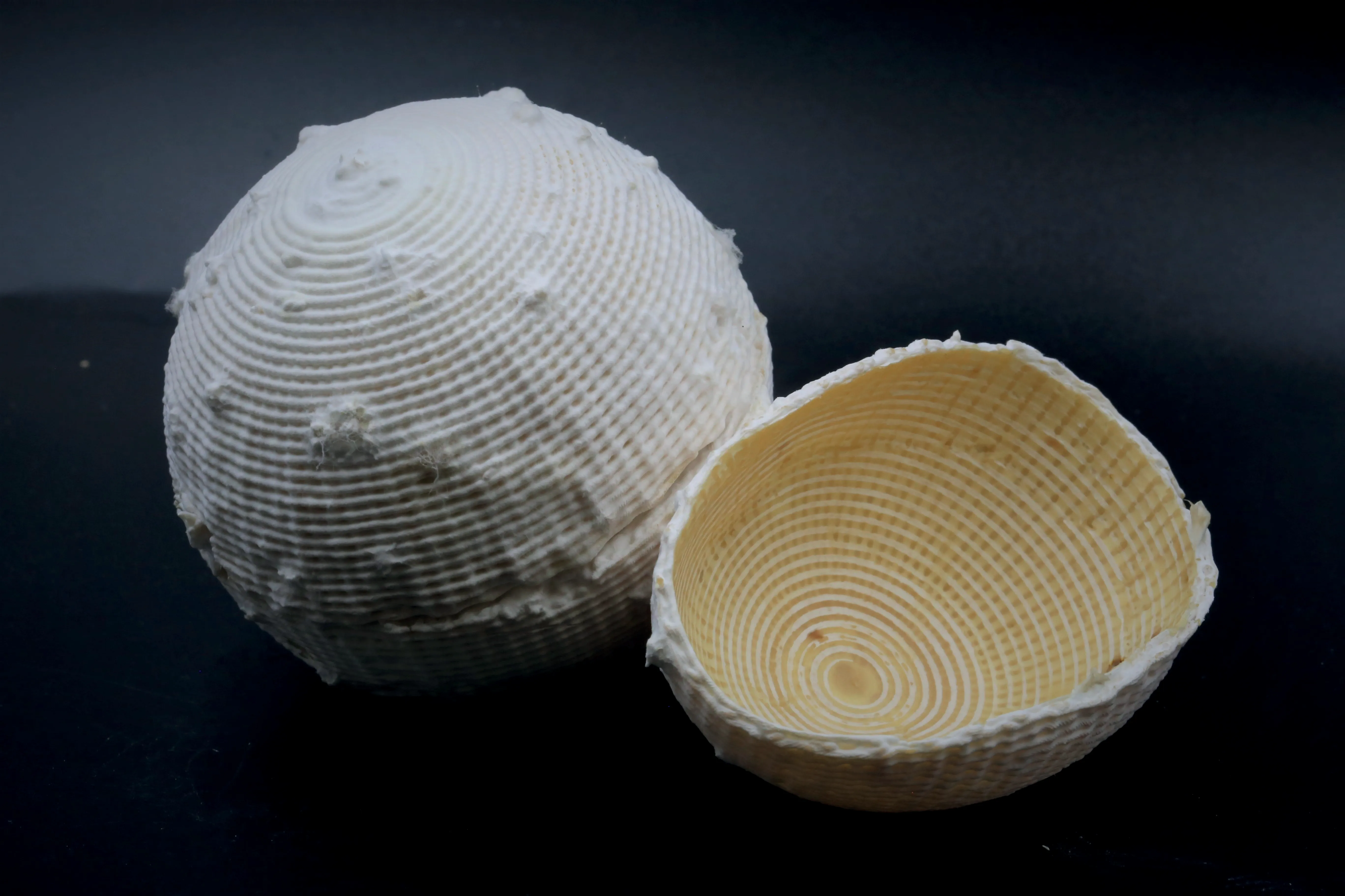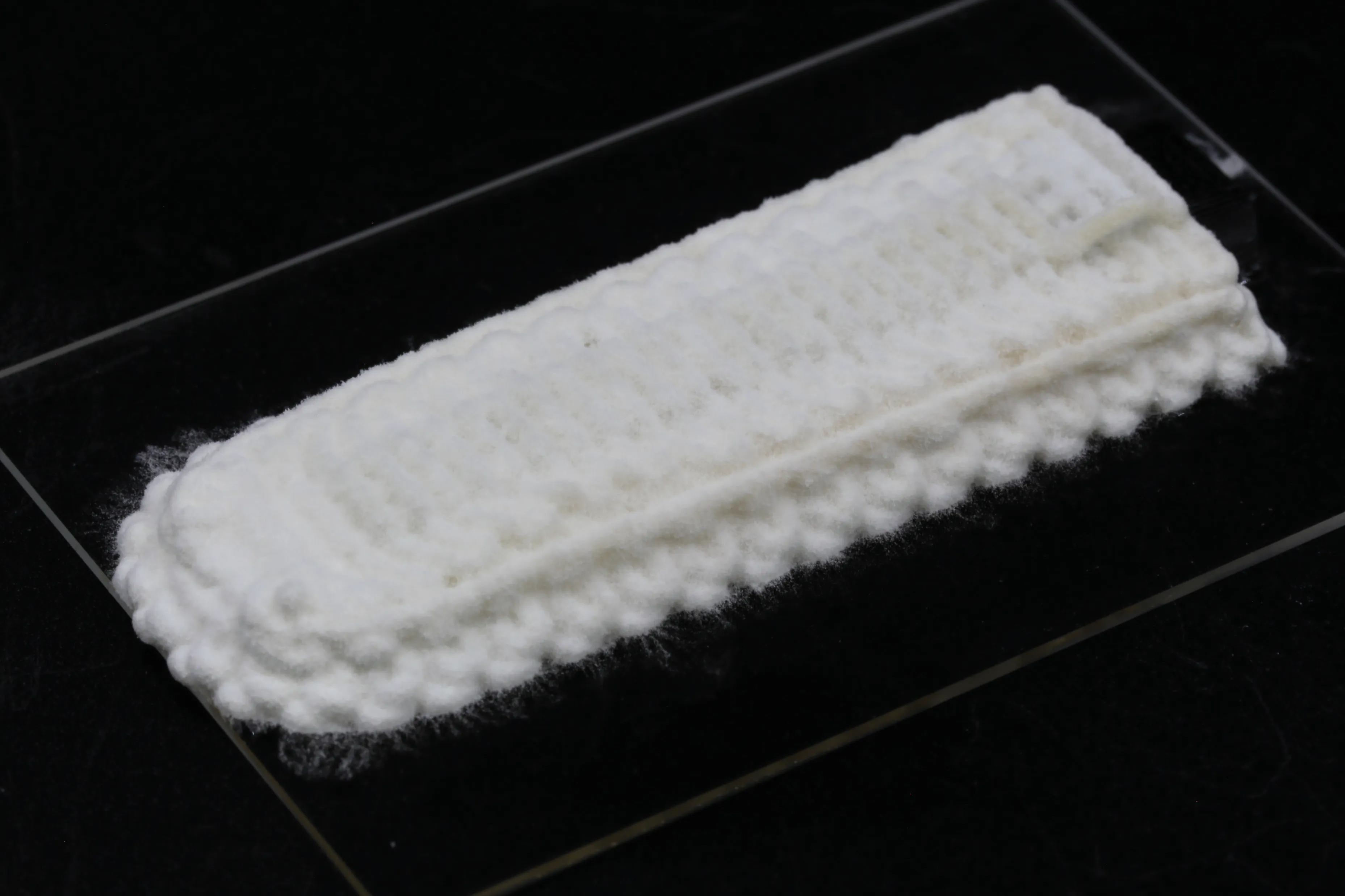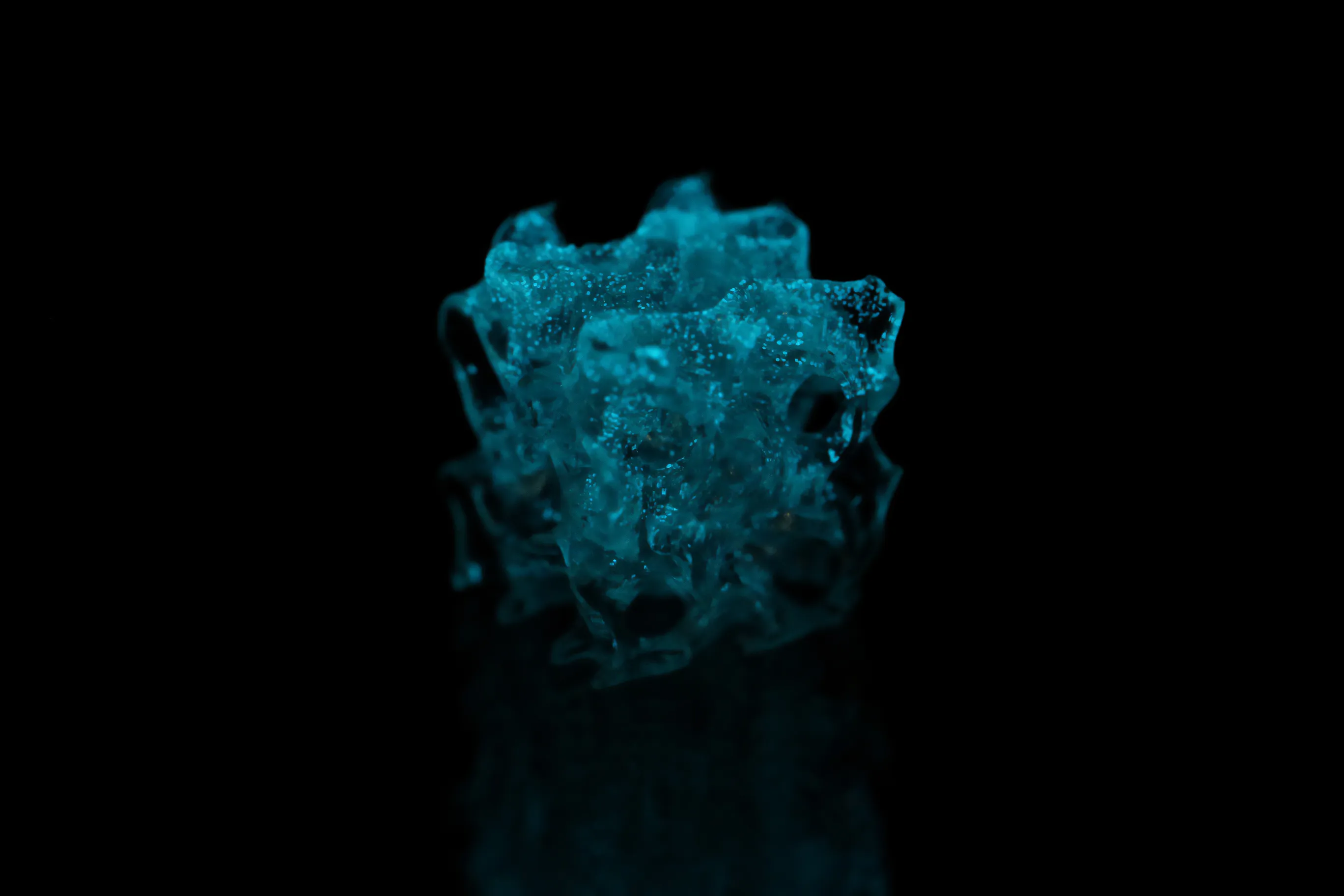Mycelium Ink
A Fungus-Based Ink for 3D Printing.
A pioneering approach that harnesses the power of fungi to create eco-friendly and biodegradable products. Under the right conditions, mycelium – a network of fungi threads – grows from a 3D-printed surface. The resulting material adapts to the changing environment. It cleans itself and even repairs its damaged parts, making it the perfect example of a living material.
Researchers
Institution
Tags
Properties
What makes Mycelium Ink special?
Soft and resilient
3D-printed Mycelium Ink creates a smooth, flexible, yet resilient coating that resembles skin or leather.
Repairs itself
Much like our skin, mycelium has the exceptional capability of repairing itself when damaged. Unlike human skin, though, it needs a little more help – the impaired area must be injected with more living mycelium, acting like a growing glue that seamlessly binds the severed parts back together.
Waterproof
Mycelium Ink is exceptionally waterproof.
Biodegradable
We are looking at a material much closer to us and our bodies than plastic, concrete, or any other synthetic material. It’s alive! It is a living, active material that will do everything to remain so. When it finally dies, it’s doing its environment one final kindness: it returns to nature. It is broken down by various microorganisms, including bacteria and other fungi, in a natural recycling process.
Applications
What can Mycelium Ink be used for?
Robotic skin
An exciting and promising example of the use of Mycelium Ink is robotic skin. As we’ve seen, it can serve as a living glove. Just about any automated structure can benefit from a skin of this soft and resilient material. Where else can we take advantage of this incredible living material?
Composition
What is Mycelium Ink made of?
Ganoderma Lucidum
The 3D-printable Mycelium Ink is made of a hydrogel – a gel formed from a polymer that binds water – infused with the fungal species Ganoderma Lucidum to initiate its growth and integrate the fungal properties into the ink.
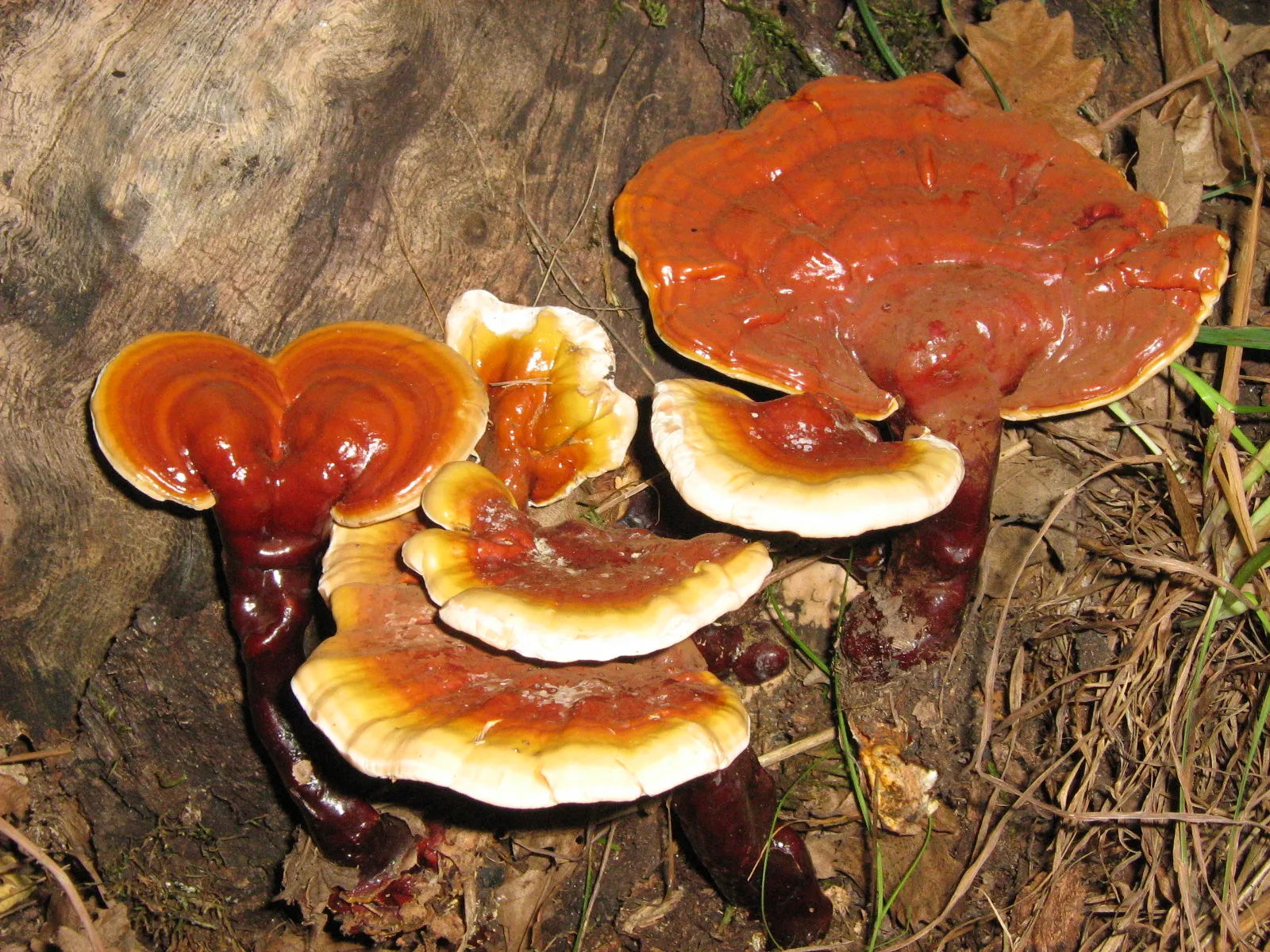
Photo © Marjan Kustera CC BY-NC-ND 2.0 Deed
Ganoderma Lucidum in the wild.
Hyphae
Mycelium is a system of many fine fungal threads called hyphae, which spread out like tiny branches. These hyphae grow and fuse to form mycelium – an extensive network of interconnected cells that absorb water and nutrients from their environment, enabling growth, adaptation, self-cleansing and -repair. Mycelium is a little hero!
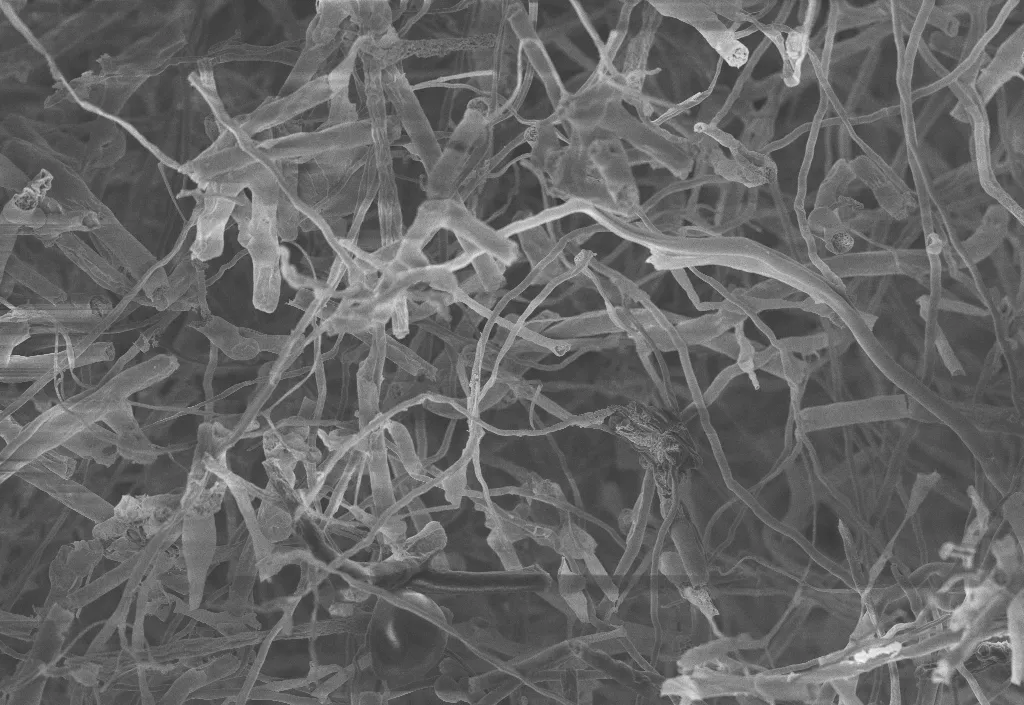
Interconnected branches of hyphae.
Fabrication
How is Mycelium Ink made?
In the right conditions, mycelium grows easily, but how do you get from a loose fungal network to ink for 3d printing? A recipe:
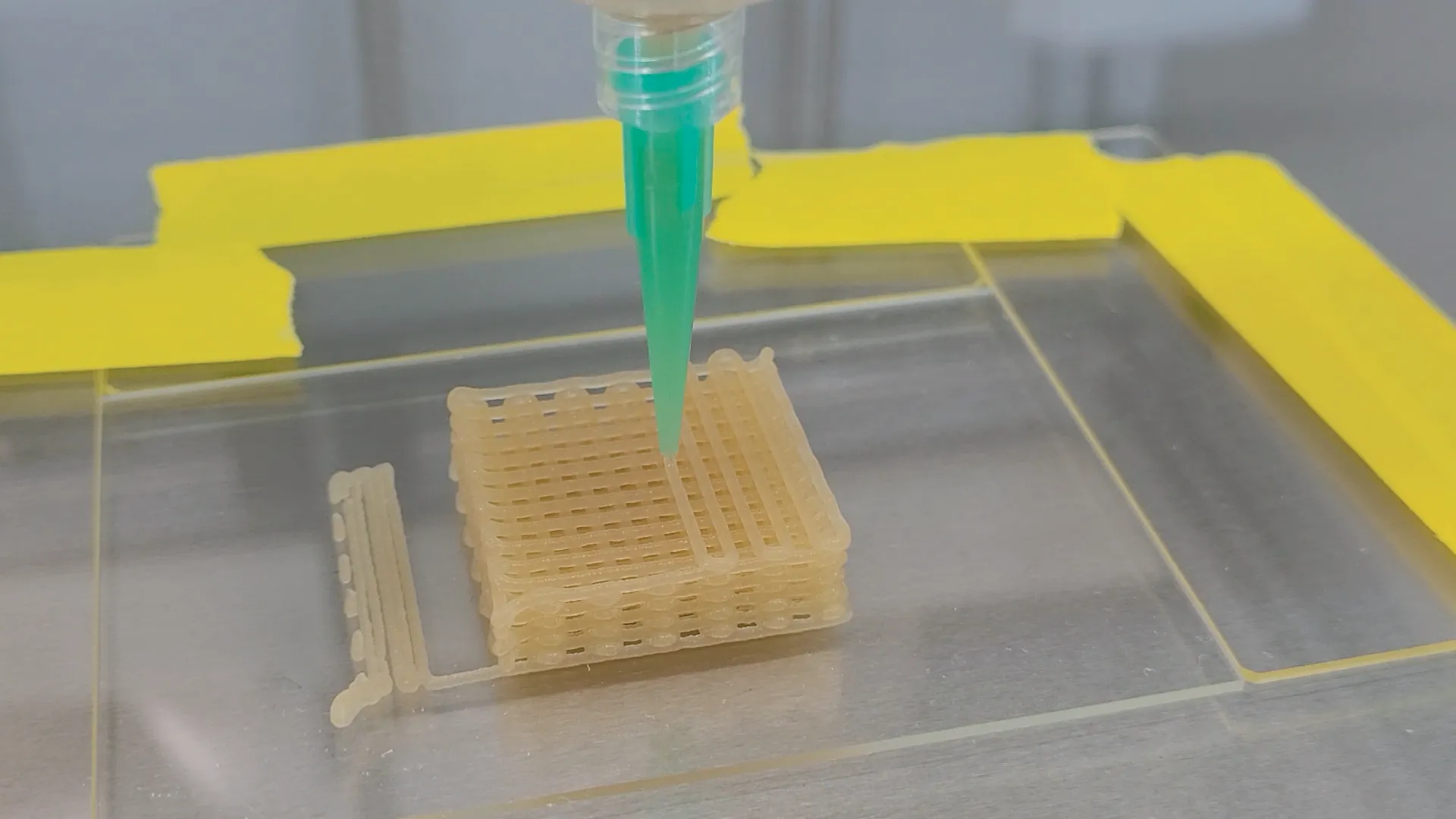
Mix and match hydrogel with the Ganoderma Lucidum Fungus. The fungus loves sugar, which the hydrogel contains loads of. The gel now grows into a thick paste. Blend it at high speed until it's like a conditioner or cream. Then, it’s put in a syringe, and here we go: ready for 3D printing! Easy, right?
Because it’s such a soft paste, it has to be printed on a flat surface or a shaped mold.
Mycelium Ink can now be 3D-printed in just about any shape you want. Incredible!
After printing, let the mycelium grow by creating the right conditions: moist, dark, and rich in food. Sit back and enjoy the show!
Depending on the size, covering the entire surface takes about seven days. Finally, you can see a soft white skin that is entirely waterproof. Who’s ready to 3D print with mycelium hydrogel now?
Feedback
Fergal wonders what you think about this research. Let him know!

3d printing engineer of Mycelium Ink
Links
Want more details about the Mycelium Ink?
Read the Research paper: Three-dimensional printing of mycelium hydrogels into living complex materials
Have questions? Get in touch
